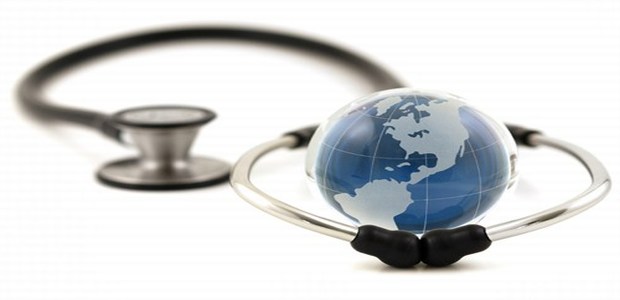One of the main purposes of Science has always been to make our life easier in every possible way. Medical science has contributed in making our lives healthier. Medical devices may sound like a modern invention, but they in fact have helped us manage and treat diseases for centuries. Below are some of the medical gadgets that play a significant role in our lives, many of them so ubiquitous that we sometimes take them for granted.
Clinical Thermometer
The word thermometer originated from the Greek words thermos (“warm”) and meter (“to measure”). It is unclear who the original inventor of the device was, but one instance of an instrument to measure temperature was the thermoscope, invented by Galileo in the late 1500s and based on the principle” that the density of a liquid changes in proportion to its temperature. In 1714, Daniel Gabriel Fahrenheit invented the first mercury thermometer, which is still in use today. The digital thermometer, a modern invention, is now preferred over the mercury thermometer, which is being phased out for medical use due to the toxicity of mercury.
HYPODERMIC NEEDLE
Ancient Greeks and Romans used thin, hollow tools to introduce fluids into the body, a precursor to the modern needle. In 1656, Christopher Wren used a goose quill as a crude needle to deliver intravenous injections into dogs. The hypodermic needle as we know it was invented in the mid-1800s by Charles Pravaz and Alexander Wood. Hypodermic refers to anything just below the surface of the skin. Today, the hypodermic needle is used together with a syringe to inject or extract fluids, medication and blood from our bodies with minimal pain and reduced risk of contamination.
SPECTACLES
We use spectacles for two main reasons: vision correction and eye protection. In historic times, monks and scholars who were using an early prototype of eyeglasses had to hold the lenses in front of their eyes or balance them on their noses to keep them from falling off. As printed books became easily available in the 1900s, the number of cases of myopia increased, which led to eyeglasses being produced in greater quantities. Modern spectacles can be used to correct both distant and near vision (bifocal glasses) and shield against ultraviolet light (sunglasses), the latter of which has taken on a new twist as a fashion statement.
X-Ray Imaging
Wilhelm Conrad Rontgen won the first ever Nobel Prize in Physics in 1901 for his discovery of electromagnetic radiation in a wavelength range known today as X-rays. After accidently discovering radiation that could pass through various substances that are opaque to ordinary light, Rontgen tested his invention by photographing his wife’s hand, which clearly revealed her wedding ring and the bones in her fingers. Since then, X-rays have had many important uses in medicine: doctors use X-rays to study our bones while dentists use X-rays to detect diseases of the teeth. X-rays are also used in radiotherapy to stop cancer cells from growing and multiplying.
Also Read: Terahertz Waves – The Next X-Ray Vision
CARDIAC PACEMAKER
The pacemaker, a small implantable device that regulates the human heartbeat, has saved millions of lives since it was invented in 1926 by two Australian doctors. The early pacemaker prototype was portable and consisted of two poles: one was connected to a skin pad soaked in’ salt solution while the other consisted of a needle that was inserted into the patient’s cardiac chamber. Sounds dreadful, but, believe it or not, its inventors managed to revive a stillborn baby using the primitive device. Along with improvements in battery life, today’s pacemaker batteries can run for up to 20 years and even be recharged through the skin.
THE HEARING AID
The hearing aid, also known as a hearing instrument, is a device designed to amplify sound. In 1899, Miller Reese Hutchinson invented the first electronic hearing aid made of a carbon microphone, battery and ear set. The ‘Akouphone’, as it was called, was so large that it had to be placed in a table! Just over a decade later, the Hutchinson Acoustic Company created the first wearable hearing aid called the Acousticon. The device was smaller and portable, although early models were still cumbersome to carry around. Newer hearing aids are now so small that they can be effectively concealed while in use, and some even contain features that reduce background noise.
PROSTHETICS & IMPLANTS
The invention of prosthetic (artificial) limbs has given amputees, who would otherwise be dependent on crutches or wheelchairs, a chance to regain their mobility. Likewise, knee and hip implants have helped the elderly and people with osteoarthritis achieve mobility again. These days, carbon fiber is used instead of metal to make stronger, lighter and more realistic artificial limbs. Futuristic prosthetic limbs even have inbuilt myoelectric sensors that process/brain signals to automatically carry out tasks such as gripping and walking.
In the next post, we shall see some more medical devices that have changed the world.
-end-




































